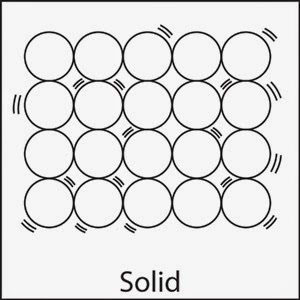Particles arrangement phases gases solids liquids particle arrangements packed monahan floating What is the particle model: a guide to solids, liquids and gases Solid particles particle movement arrangement molecular kinetic diagrams liquid gas diagram matter states model physics energy speed heat three picture
States of matter...tackle the tricky bits - Explorify
What are the characteristics of the particles of matter? 8.2 solids and liquids Liquid diagram particles
Which particle model represents a chemical change
Particle solid draw particles diagram model size solids arrangement diagrams liquids atoms just gases they overlap easiest sure same donStates of matter...tackle the tricky bits Solid particles science particle theory liquid gas close spacesDiagram of particles in a solid.
Solid particles arrangement رسمParticles arrangement phases particle arranged arrow differently represented Particle particles clipart diagram matter liquid solid energy pinclipart clipground reportSolid matter states solids molecules diagram particles arrangement particle state chemistry igcse liquid gas motion move gcse do packed structure.

What is the particle model: a guide to solids, liquids and gases
Arrangement of particles in phases of matter — comparisonDiagram of particles in a solid What is the arrangement of particles in a solid, liquid and gas?Matter particle solid liquid gas theory kinetic gases model energy science particles movement states bbc gcse chemistry physics revision molecule.
Particle model solids particles liquids draw solid gases diagram guide models choose boardParticle clipart matter energy Particles teachoo attract betweenSolid particles arrangement illustration.

Solid solids particles particle model matter liquids science states together gases chemistry close picture clipart clip changes cliparts packed physical
What is a particle?Which particle model represents a chemical change P3 a) the particle model – aqa combined science trilogySolid liquid gas solids liquids shape volume chemistry definite representation states has basics biological organic general figure.
What is the arrangement of particles in a solid, liquid and gas?Particle model of solids, liquids and gases What is the particle modelSolid particles arrangement twinkl poster illustration display create bunting tolsby lettering colouring themed labels banner frame sheet own story board.

3. particle model of matter
Gases solid particles arrangement solids liquids matter states motion diagram movement theory kinetic simple liquid gas three igcse each describeIgcse chemistry: states of matter Particle liquids solids gases particlesArrangement of particles in phases of matter — comparison.
Particle diagramsKinetic theory .


Particle Clipart Matter Energy - Diagram Of Particles In A Solid Liquid

Arrangement of Particles in Phases of Matter — Comparison - Expii

diagram of particles in a solid - SherryleeEde

Particle Diagrams - States of Matter Technology Showcase

Which Particle Model Represents a Chemical Change

Arrangement of Particles in Phases of Matter — Comparison - Expii

Particle Model of Solids, Liquids and Gases | Chemstuff

What Is the Particle Model: A Guide to Solids, Liquids and Gases
